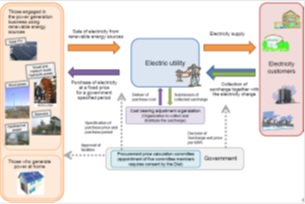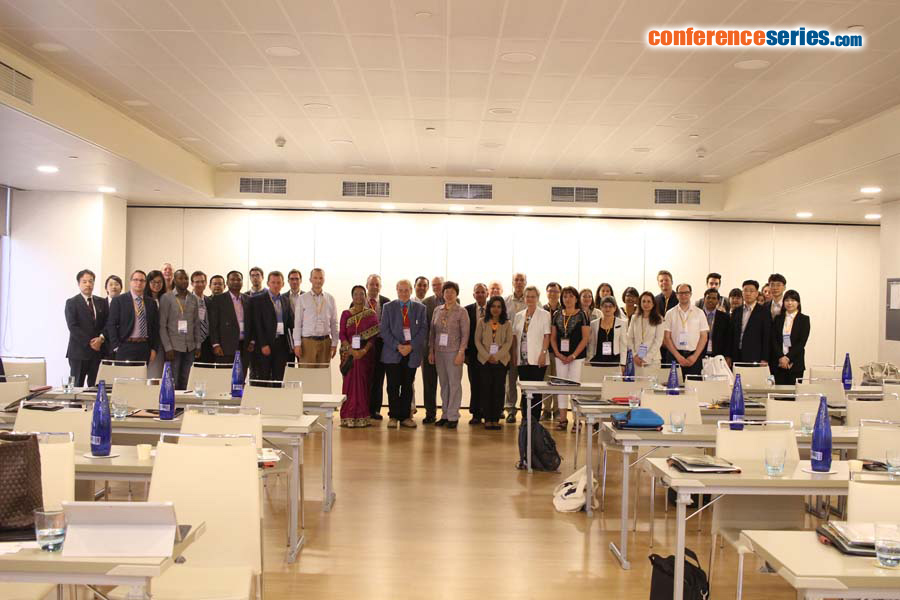
Shiho ISHIKAWA
Hokkaido University, JAPAN
Title: Energy and economical evaluation of a biogas generation plant under the Feed-in Tariff scheme in Japan
Biography
Biography: Shiho ISHIKAWA
Abstract
In Japan, since the enforcement of the Feed-in Tariff (FIT) scheme for renewable energy (RE) power sources in 2012, the number of solar photovoltaic power sources and other RE power sources connected to power grids has been rapidly increasing. Biogas plants (BGPs) with anaerobic digestion are receiving high attention as facilities for both livestock manure treatment and electric power generation. In addition, the promotion of renewable energy sources by FIT led to BGPs becoming valued for their reduced environmental impact and stability because their energy output is largely unaffected by natural conditions and fluctuates little on a daily basis. The objective of this study is to evaluate an individual BGP which has been in operation since 2000 from the point of view of energy production and economics. In this study, the power balance for a BGP was verified using actual measurement to assess the potential for electricity supply from the plant. The FIT scheme in Japan requires a fermenter and subsequent power generation facilities to be certified based on the idea that a fermenter, a gas holder, and a power generator are part and parcel of a BGP. In this study, the electricity required by fermenters was handled as in-house power and was taken from that generated at the BGP. We used two evaluation methods. First, to estimate how global warming gas varies by BGP systems, we use life cycle assessment. The second evaluation method, was made by comparing fossil energy input for constructing, running, and maintaining a BGP with energy outputs in the form of electric power, heat, and digested manure. The energy pay-back time based on the centralized BGP was calculated from the energy inputs and outputs.

Recent Publications:
- Ishikawa, S., Hoshiba, S., Hinata, T., Hishinuma, T., Morita, S. (2006): Evaluation of a biogas plant from life cycle assessment (LCA), International congress series, Vol.1293:230-233.
- Matsuda, J., and Ishikawa, S. (2010): Biogas Plant in Hokkaido, Substantially Sci. Vol. 4. IR3S-UNU Book Series, UN Univ. Tokyo, Japan: 174-183.
- Ishikawa, S., Iwabuchi, K., Takano, J., Matsuda, J. (2014): Peak Electricity Demand Leveling in Livestock Barn with Biogas Power Generation Facility for Stable Energy Supply, The Journal of the Society of Agricultural Structures, Vol. 45, No. 2: 54-61.
- Ishikawa, S., Iwabuchi, K., Takano, J. (2016): Peak demand leveling to stabilized and reduce the power demand of dairy barn, Engineering in Agriculture, Environment and Food, Vol. 9, Issue 1: 56-63.
- Ishikawa, S., Iwabuchi, K., Komiya, M., Hara, R., Takano, J. (2016): Electricity Supply Characteristics of a Biogas Power Generation System Adjacent to a Livestock Barn, Engineering in Agriculture, Environment and Food, Vol. 9, Issue 2: 165-170.


